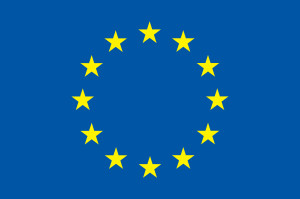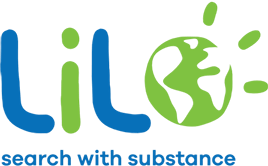Within the Council of Europe countries, an estimated 2.1 million children have a parent in prison.[1] In the words of Ilina Taneva, Secretary to the Council of Europe’s Council for Penological Co-operation, that is equivalent to the population of a small country. These 2.1 million children often suffer as the result of their parents’ conflict with the law. All stages of the criminal justice process, from the initial arrest to resettlement, have the potential to impact negatively on these children’s lives.
Despite the increased exposure to mental health problems, social exclusion and discrimination that stems directly from their parents’ imprisonment, these children and the impact their parents’ detention has on them are often not considered by the state or its institutions. Positive steps can, however, be taken, to make sure that the children’s best interests are taken into account and to ensure that their rights are protected when their parents are in conflict with the law.
A key example is that of the Memorandum of Understanding, an agreement signed by the Italian Ministry of Justice, the Italian Children’s Ombudsman, and COPE member NGO Bambinisenzasbarre. In this Memorandum, the Ministry of Justice undertook to protect the rights of children of prisoners and to implement changes in Italian prisons, through, amongst other things, providing support to families, introducing child appropriate visiting areas, and helping to facilitate contact between children and parents, where appropriate, through any means available.
In order to highlight this important development and in the hope of inspiring similar examples of good practice throughout Europe, COPE has produced a new video aimed directly at policymakers that can be utilised on local, national, and international levels. The video sets out the scale of the problem facing children of prisoners and, using the provisions of the Memorandum as an example, highlights the kind of positive steps that can be taken to improve the lives of children of prisoners.
[1] Figure based on calculations made by Children of Prisoners Europe, from an extrapolation of a 1999 INSEE study to prison population figures supplied by the International Centre for Prison Studies. For more information see: Ayre, L., Philbrick, K., & Lynn, H., Eds. (2014). Children of Imprisoned Parents: European Perspectives on Good Practice, 2nd ed., p.15.
This video has been co-funded by the Rights, Equality and Citizenship Program of the European Union. The contents of the videos are the sole responsibility of Children of Prisoners Europe and can in no way be taken to reflect the views of the European Commission.


